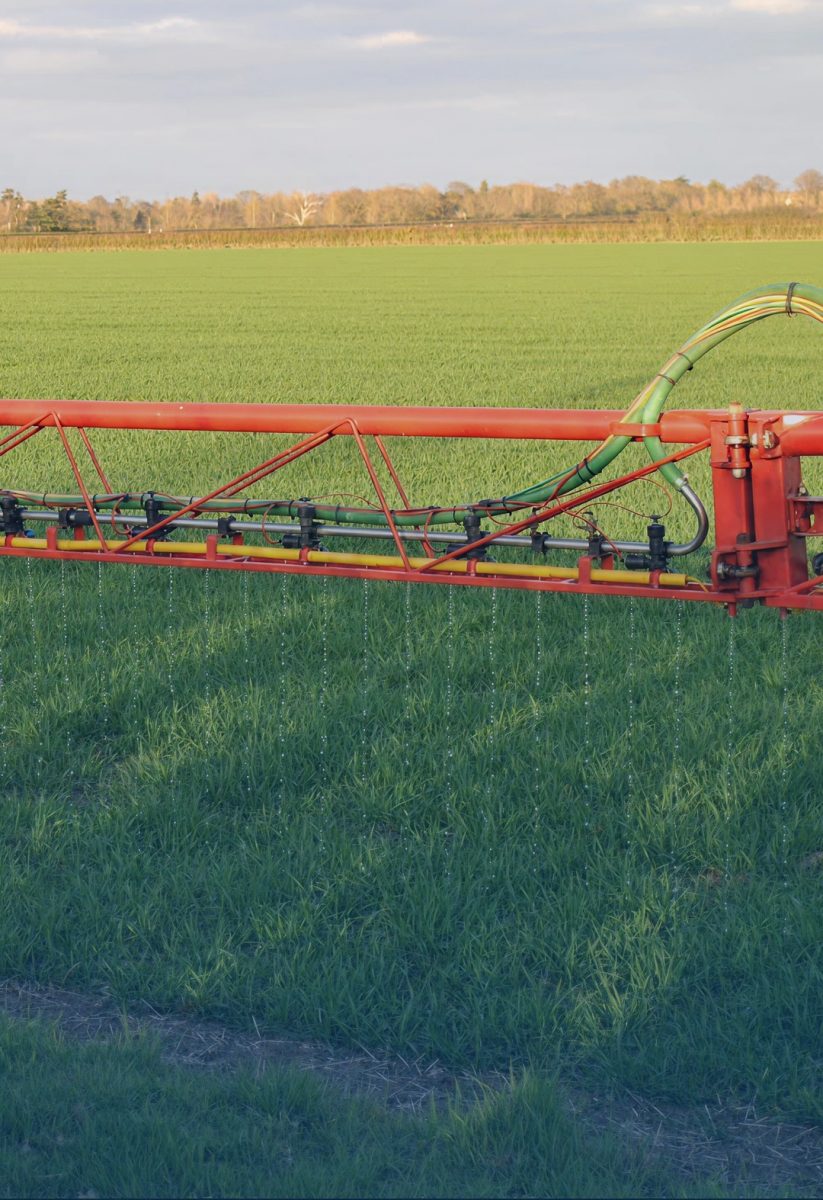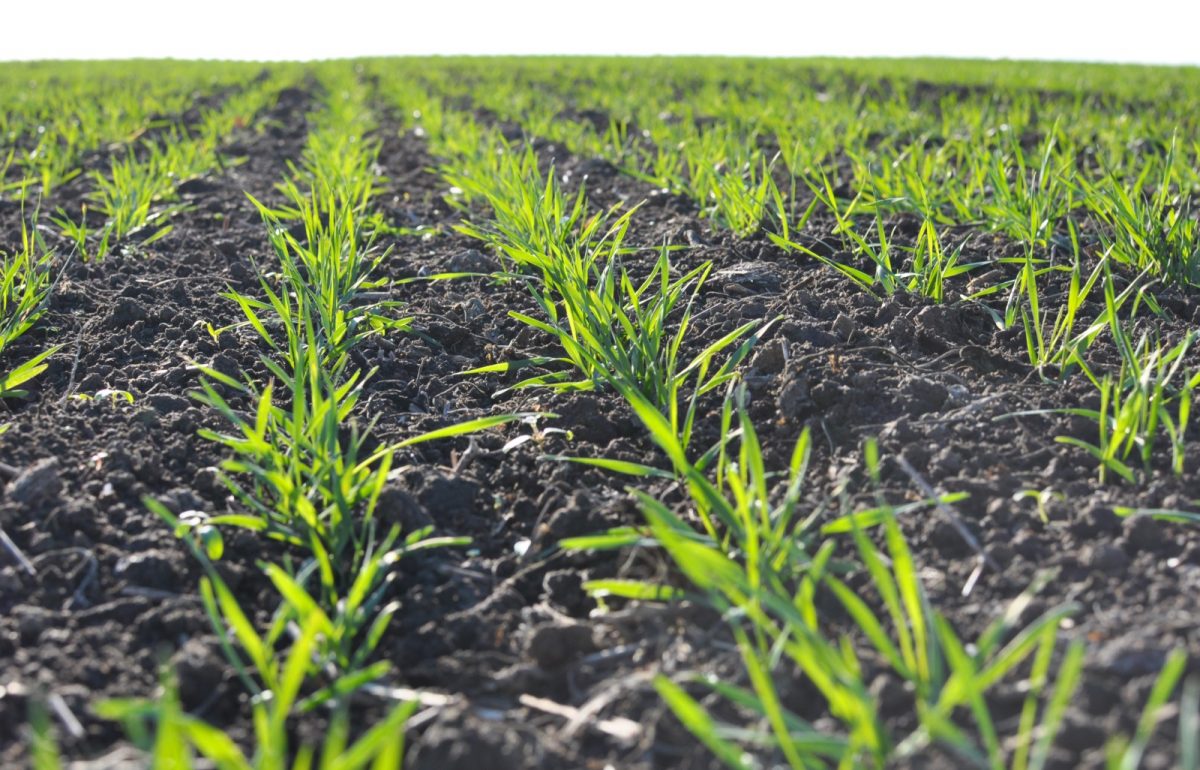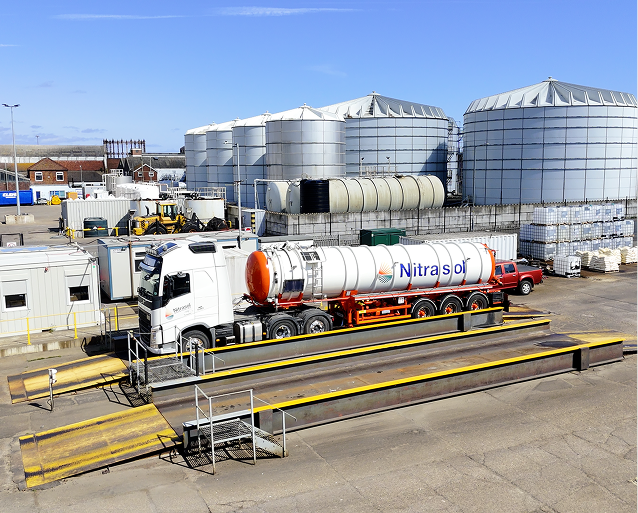How New Urea Usage Regulations in England Impact Farmers
Recent regulatory changes in England have introduced new restrictions on the use of unprotected urea (urea without a urease inhibitor) by farmers. Nitrasol provides essential information to help growers adapt to these new rules.
Key Changes to Urea Usage in England
- Solid Fertiliser (Unprotected/Uninhibited): Farmers can apply solid fertilisers containing urea between 15 January and 31 March. After 1 April, these fertilisers must include a urease inhibitor.
- Liquid Fertiliser (Unprotected/Uninhibited): Similar to solid fertiliser, liquid fertiliser containing urea can be applied from 15 January to 31 March. Post 1 April, it can only be used with agronomic justification provided by a FACTS-qualified adviser. If no justification is provided, the liquid fertiliser must include a urease inhibitor added to the tank during the filling process.
Important Considerations:
- These rules are applicable only to products containing more than 1% urea.
- Urease inhibitors must be used before their specified use-by or best-before dates.
- The regulations were initially set to begin on 1 April 2023, but implementation was postponed to 1 April 2024 to allow the fertiliser market to adjust.
Applicability Across the UK
These regulations are specific to England. Farmers in Northern Ireland, Scotland, and Wales can continue to apply urea-containing fertilisers according to their own legislative guidelines.
Reasons for the New Rules
The introduction of these regulations aims to mitigate ammonia emissions, which are significant contributors to air pollution and environmental degradation. Reducing these emissions is crucial for both ecological balance and agricultural sustainability.
Understanding Urease Inhibitors
Urease inhibitors are substances added to urea-based fertilisers to slow down the conversion of urea into ammonia and carbon dioxide, a process catalysed by urease enzymes naturally found in soil. This delay helps retain more nitrogen in the less volatile ammonium form, making it more available for plant uptake and improving fertiliser efficiency.
Monitoring Compliance
To achieve the government’s ammonia emission reduction targets, the industry will adopt a voluntary compliance approach, self-regulated through the Red Tractor assurance scheme. Non-compliant businesses will be required to complete a short BASIS course on reducing ammonia emissions.
Additional Recommendations for Farmers
Farmers should refer to the AHDB Nutrient Management Guide (RB209) for optimising fertiliser application rates and timings. Employing best management practices, such as thorough soil incorporation of fertilisers, can also help reduce ammonia volatilisation.
By adhering to these new regulations and following best practices, farmers in England can contribute to environmental protection while maintaining efficient and effective fertiliser use in their agricultural operations.
Looking to convert to Nitrogen Fertiliser? See how we support you in the process.






